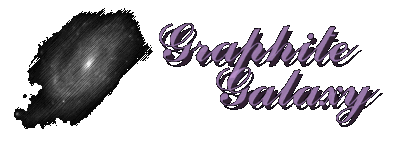|
NGC 4244 (Galaxy)
|
|
Also known as: Caldwell C26
|
|
Right ascension: 12h 48m
|
Declination: 37° 45'
|
|
Constellation: Canes Venatici
|
|
Date/time: 2009.05.17 21:15 UT
|
|
Equipment: 12" f/5 Newtonian
|
|
FoV: 33'
|
Magnification and filter(s): 100x
|
|
Seeing: 6/10
|
Transparency: 3/5
|
|
Location: Nádasdladány, Hungary
|
|
Observer: Ferenc Lovró
|
Description:
A large edge-on spiral with intermediate brightness, highly elongated in the NNE-SSW directions near the famous double, Cor Caroli. It does not show much details like arms or dense spots, however its NNE side looks a little bit brighter and wider, which makes the entire galaxy look a bit asymmetrical. I estimate its average brightness at 12 magnitudes maximum, with an apparent size of 13' x 2'.
|
|
Hi-resolution image: [ reversed sketch | original sketch ]
|


 gmail*com.
gmail*com. ikonra kattintva magyarul is olvashatod az észlelést.
ikonra kattintva magyarul is olvashatod az észlelést. [25]
[25]
